Home>Furniture & Design>Bathroom Accessories>How To Lift A Bathtub
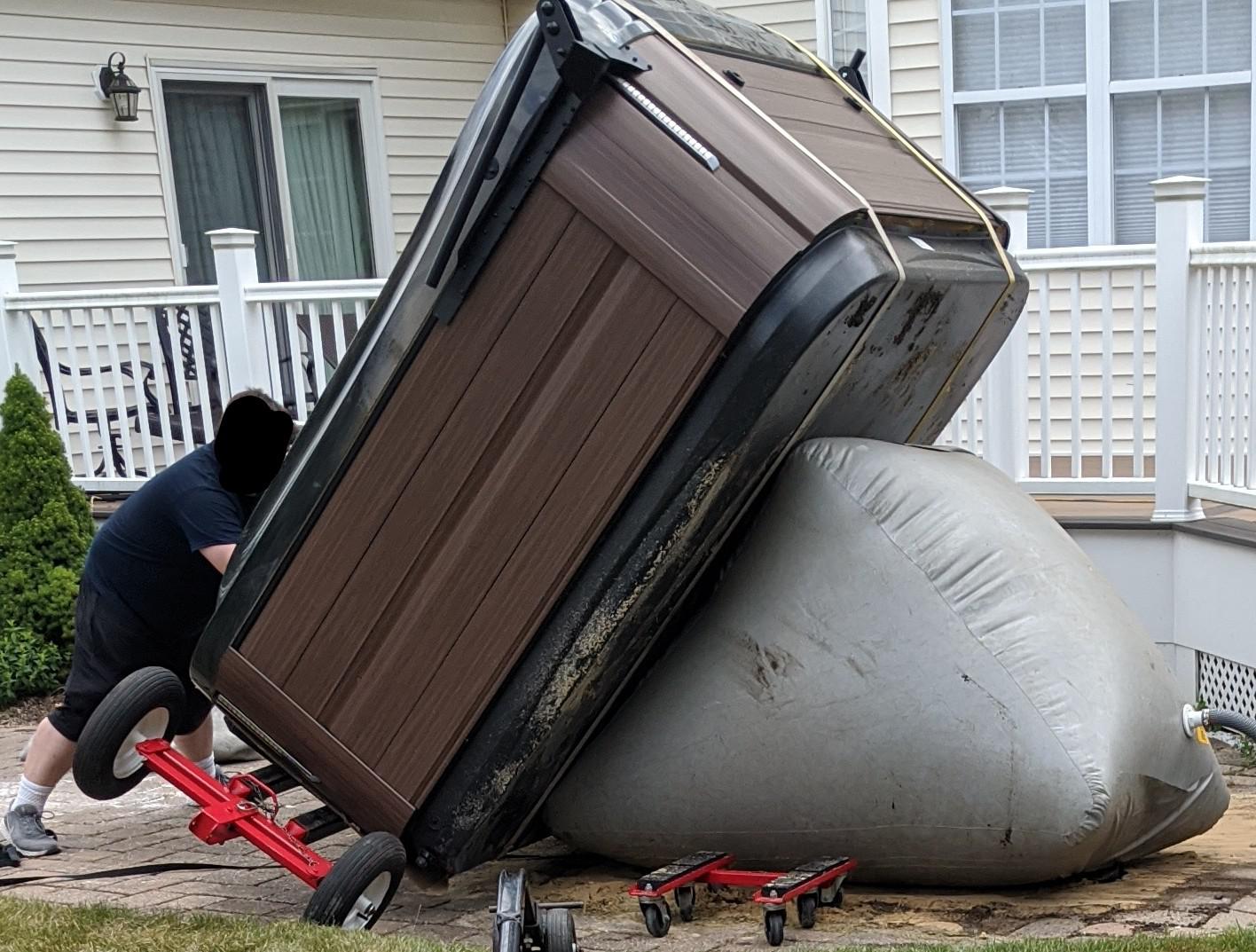

Bathroom Accessories
How To Lift A Bathtub
Modified: October 30, 2024
Learn how to lift a bathtub safely and efficiently with our expert tips and techniques. Find the best bathroom accessories for the job. Elevate your bathroom renovation project today!
(Many of the links in this article redirect to a specific reviewed product. Your purchase of these products through affiliate links helps to generate commission for Storables.com, at no extra cost. Learn more)
Introduction
Lifting a bathtub may seem like a daunting task, but with the right tools, materials, and know-how, it can be a manageable project. Whether you're renovating your bathroom, replacing a damaged bathtub, or simply looking to upgrade to a new model, understanding the process of lifting a bathtub is essential. This comprehensive guide will walk you through the necessary steps to safely and effectively lift a bathtub, ensuring that you are well-prepared for the task at hand.
Removing a bathtub is a significant undertaking that requires careful planning and execution. It's important to approach this project with a clear understanding of the steps involved and the potential challenges that may arise. By following the steps outlined in this guide, you can confidently tackle the task of lifting a bathtub, whether you're a seasoned DIY enthusiast or a first-time renovator.
Before diving into the specifics of the removal process, it's crucial to emphasize the importance of safety. Lifting a bathtub involves heavy lifting, working with tools, and potentially dealing with plumbing connections. Therefore, it's essential to prioritize safety at every stage of the project. This includes using proper lifting techniques, wearing protective gear, and taking necessary precautions to prevent accidents or injuries.
Additionally, understanding the scope of the project and the potential impact on your bathroom space is key. Removing a bathtub can disrupt the functionality of your bathroom for a period of time, so it's important to plan accordingly and consider alternative bathing options during the removal process. By approaching the project with a clear understanding of the necessary steps and potential challenges, you can minimize disruptions and ensure a smoother transition throughout the removal process.
In the following steps, we will delve into the specific tools and materials needed, the preparatory measures to take, and the detailed process of lifting a bathtub. By the end of this guide, you will have a comprehensive understanding of how to effectively remove a bathtub, setting the stage for a successful renovation or replacement project. Let's dive into the essential steps to lift a bathtub and transform your bathroom space.
Key Takeaways:
- Safety First!
Lifting a bathtub requires the right tools, preparation, and safety measures. Prioritize safety by using proper lifting techniques, wearing protective gear, and following environmental regulations for disposal. - Plan and Prepare
Before lifting a bathtub, gather the necessary tools, clear the area, drain the tub, disconnect plumbing, and remove any surrounding structures. Meticulous planning and preparation are key to a successful removal process.
Read more: How To Lift Washer On Pedestal
Step 1: Gather the necessary tools and materials
Before embarking on the task of lifting a bathtub, it's crucial to gather all the essential tools and materials to ensure a smooth and efficient removal process. Having the right equipment at your disposal will not only make the job easier but also contribute to a safer working environment. Here's a comprehensive list of the necessary tools and materials you'll need for this project:
Tools:
-
Adjustable Wrench: Used for loosening and tightening nuts and bolts, an adjustable wrench is essential for disconnecting the plumbing fixtures attached to the bathtub.
-
Screwdriver Set: A set of screwdrivers, including both flathead and Phillips head varieties, will be needed for removing screws and fasteners securing the bathtub in place.
-
Utility Knife: This tool is useful for cutting through caulk and sealant, allowing for the detachment of the bathtub from the surrounding walls and flooring.
-
Pry Bar: A pry bar will aid in gently separating the bathtub from its surrounding materials, such as tiles or flooring, without causing damage.
-
Safety Gloves and Goggles: It's crucial to prioritize safety during the removal process. Wear protective gloves and goggles to shield your hands and eyes from potential hazards.
-
Measuring Tape: Accurate measurements are essential, especially if you plan to install a new bathtub. A measuring tape will help ensure that the new bathtub fits the space properly.
-
Plumbers' Putty or Caulk: Having plumbers' putty or caulk on hand will be necessary for resealing plumbing fixtures and joints once the new bathtub is installed.
Materials:
-
Drop Cloth or Plastic Sheeting: To protect the surrounding area from debris and water, lay down a drop cloth or plastic sheeting to create a work zone around the bathtub.
-
Bucket: A bucket will come in handy for collecting any water remaining in the bathtub and for storing small parts and hardware during the removal process.
-
Plumbing Supplies: Depending on the type of plumbing connections, you may need additional supplies such as pipe wrenches, pipe sealant, and plumber's tape.
-
Support Blocks: If the bathtub is positioned on feet or a base, support blocks will be necessary to provide temporary support as the bathtub is lifted and removed.
By ensuring that you have all the necessary tools and materials at your disposal, you'll be well-prepared to tackle the task of lifting a bathtub with confidence and efficiency. With these essential items in hand, you can proceed to the next steps of preparing the area and initiating the removal process.
Step 2: Prepare the area
Before initiating the process of lifting a bathtub, it is crucial to thoroughly prepare the surrounding area to ensure a safe and organized work environment. Proper preparation not only facilitates a smoother removal process but also minimizes the risk of damage to the bathroom space. Here's a detailed breakdown of the essential steps to prepare the area for lifting a bathtub:
Read more: How To Lift The Stove Top
Clear the Surrounding Space
Begin by removing any items or accessories in the vicinity of the bathtub. Clear the area of bath mats, shower curtains, toiletries, and any other objects that may obstruct the removal process. This includes ensuring that the path from the bathroom to the disposal area is clear and unobstructed to facilitate the movement of the old bathtub.
Turn Off the Water Supply
Locate the shut-off valves for the bathtub's water supply and turn them off to prevent any water flow during the removal process. It's essential to verify that the water supply is completely shut off before proceeding to disconnect the plumbing fixtures.
Protect the Flooring and Walls
To safeguard the flooring and walls surrounding the bathtub, lay down a drop cloth or plastic sheeting. This protective layer will help prevent damage from debris, water, or any accidental scratches or dents that may occur during the removal process.
Disconnect Electrical Connections
If the bathtub is equipped with electrical components, such as a built-in jacuzzi or lighting features, ensure that the electrical connections are safely disconnected. This may involve turning off the circuit breaker and disconnecting any electrical wiring to ensure a safe and hazard-free removal process.
Read more: How To Lift Grass
Ventilation and Lighting
Proper ventilation and lighting are essential for a comfortable and safe working environment. Open windows or use a fan to ensure adequate ventilation, especially if working with sealants or adhesives. Additionally, ensure that the work area is well-lit to facilitate clear visibility during the removal process.
Secure Support for the Bathtub
If the bathtub is positioned on feet or a base, use support blocks to provide temporary support and stability. This precautionary measure will help prevent any unexpected shifting or movement of the bathtub as you prepare to lift and remove it from its position.
By meticulously preparing the area before lifting the bathtub, you can create a conducive and safe workspace for the removal process. These preparatory steps not only contribute to a smoother removal process but also help protect the surrounding space from potential damage or disruptions. With the area properly prepared, you are now ready to proceed with the subsequent steps of draining the bathtub and disconnecting the plumbing fixtures.
Step 3: Drain the bathtub
Draining the bathtub is a crucial step in the process of lifting a bathtub. Before disconnecting the plumbing fixtures and removing the bathtub, it's essential to ensure that the tub is completely drained to minimize the risk of water spillage and facilitate a smoother removal process. Here's a detailed guide on how to effectively drain the bathtub in preparation for its removal:
1. Remove Standing Water
Begin by removing any standing water from the bathtub using a bucket or a siphon. If the bathtub has a clogged drain, address the clog using a plunger or a drain snake to clear the obstruction and allow the water to flow out freely. It's important to ensure that the bathtub is as empty as possible before proceeding with the removal process.
Read more: What Is A Lift Chair Recliner
2. Locate and Access the Drain
Identify the location of the bathtub drain and access the underside of the tub to locate the drain assembly. This may involve accessing the drain through an access panel or from underneath the bathtub, depending on the specific design and installation of the tub.
3. Disconnect the Drain Stopper or Strainer
If the bathtub is equipped with a drain stopper or strainer, remove it to access the drain assembly. This may require unscrewing the stopper or strainer using a screwdriver or by twisting it counterclockwise, depending on the type of assembly.
4. Loosen the Drain Flange
Using an appropriate wrench or pliers, loosen the drain flange by turning it counterclockwise. The drain flange is the visible portion of the drain assembly located inside the bathtub. Loosening the flange will allow you to disconnect the drain pipe from the bathtub, enabling the water to drain out completely.
5. Allow the Bathtub to Drain
Once the drain flange is loosened, allow the water to drain out completely. It's important to have a bucket or a container ready to catch any residual water that may flow out as the drain pipe is disconnected from the bathtub.
Read more: How Much Is A Lift Recliner
6. Verify Complete Drainage
After disconnecting the drain pipe, verify that the bathtub is completely drained. Check for any remaining water and ensure that the drainage system is clear and free of obstructions.
By effectively draining the bathtub, you can minimize the potential mess and complications associated with water spillage during the removal process. This preparatory step sets the stage for the subsequent tasks of disconnecting the plumbing fixtures and lifting the bathtub from its position. With the bathtub drained and the area properly prepared, you are now ready to proceed with the next steps of the removal process.
Step 4: Disconnect the plumbing
Disconnecting the plumbing fixtures is a critical step in the process of lifting a bathtub. Properly disconnecting the plumbing ensures that the bathtub can be removed without any obstructions or potential damage to the existing plumbing connections. Here's a detailed guide on how to effectively disconnect the plumbing fixtures in preparation for lifting the bathtub:
-
Turn Off the Water Supply: Before proceeding with disconnecting the plumbing, it's essential to turn off the water supply to the bathtub. Locate the shut-off valves for the hot and cold water lines connected to the bathtub and ensure that they are fully closed to prevent any water flow during the disconnection process.
-
Remove Access Panels: If the bathtub is equipped with access panels that provide entry to the plumbing connections, remove these panels to gain clear access to the plumbing fixtures. Access panels are often located on the side of the bathtub or in the surrounding walls, providing a convenient entry point for reaching the plumbing connections.
-
Disconnect the Water Supply Lines: Using an adjustable wrench, carefully loosen and disconnect the water supply lines attached to the bathtub's faucet or water inlet. It's important to have a bucket or a container ready to catch any residual water that may drain out as the supply lines are disconnected.
-
Disconnect the Drain Pipe: With the water supply lines disconnected, proceed to disconnect the drain pipe from the bathtub's drainage system. Using a wrench or pliers, carefully loosen and disconnect the drain pipe, allowing any remaining water to drain out into a container.
-
Address Additional Plumbing Connections: Depending on the specific configuration of the bathtub and its plumbing fixtures, there may be additional connections to address, such as overflow drains or supplementary water lines. Ensure that all relevant plumbing connections are safely disconnected to facilitate the removal of the bathtub.
-
Inspect for Sealants and Adhesives: As the plumbing fixtures are being disconnected, inspect the areas around the connections for any sealants or adhesives that may be securing the fixtures in place. Use a utility knife or a putty knife to carefully cut through any sealants, allowing for the smooth disconnection of the plumbing fixtures.
By effectively disconnecting the plumbing fixtures, you can ensure that the bathtub is ready to be lifted and removed without any hindrances from the existing plumbing connections. This preparatory step sets the stage for the subsequent task of lifting the bathtub from its position, allowing for a seamless and efficient removal process. With the plumbing safely disconnected and the area properly prepared, you are now ready to proceed with the next steps of the removal process.
Step 5: Remove the bathtub surround (if applicable)
If your bathtub is surrounded by a protective enclosure or a decorative surround, it's essential to address the removal of this component before proceeding with lifting the bathtub. The presence of a bathtub surround adds an additional layer of complexity to the removal process, requiring careful attention to detail and a methodical approach to ensure its safe and efficient removal. Here's a comprehensive guide on how to effectively remove the bathtub surround, if applicable, in preparation for lifting the bathtub:
-
Assess the Surrounding Structure: Begin by assessing the construction of the bathtub surround. Determine whether it is composed of tiles, panels, or a combination of materials. Understanding the composition of the surround will inform the approach to its removal and the tools required for the task.
-
Remove Fixtures and Accessories: If the bathtub surround features any fixtures, such as grab bars, shelves, or soap dishes, remove these accessories first. Use a screwdriver or appropriate tools to detach these components from the surround, ensuring that they are safely set aside for potential reuse or disposal.
-
Detach Panels or Tiles: If the surround consists of panels or tiles, carefully detach these components from the walls surrounding the bathtub. Use a pry bar or putty knife to gently separate the panels or tiles from the underlying surface, taking care to avoid damage to the walls or underlying structure.
-
Address Sealants and Adhesives: As the panels or tiles are being removed, inspect the areas for any sealants or adhesives used to secure the surround in place. Use a utility knife or a putty knife to carefully cut through the sealants, allowing for the smooth detachment of the surround without causing damage to the walls or underlying structure.
-
Dispose of Removed Components: Once the surround components are detached, safely dispose of any materials that will not be reused in the renovation or replacement process. If the components are in good condition, consider salvaging them for potential reuse or donation.
-
Prepare the Surrounding Walls: After the surround is removed, assess the condition of the walls and address any residual adhesives or sealants. Clean the walls and ensure that they are ready for any necessary repairs or the installation of a new surround or wall treatment.
By effectively removing the bathtub surround, if applicable, you can streamline the process of lifting the bathtub and prepare the surrounding area for the subsequent steps of the removal process. This preparatory step sets the stage for the seamless and efficient removal of the bathtub, ensuring that the surrounding space is ready for renovation or the installation of a new bathtub. With the bathtub surround addressed and the area properly prepared, you are now ready to proceed with the final steps of lifting the bathtub and disposing of the old unit.
Step 6: Lift the bathtub
Lifting the bathtub is the pivotal moment in the removal process, requiring careful planning, coordination, and the use of proper lifting techniques. This step involves physically raising the bathtub from its position and carefully maneuvering it out of the bathroom space. Here's a detailed guide on how to effectively lift the bathtub, ensuring a safe and efficient removal process:
-
Assess the Weight and Dimensions: Before attempting to lift the bathtub, assess its weight and dimensions to determine the most suitable approach for lifting and removal. Enlist the assistance of additional individuals if necessary to ensure that the bathtub can be lifted safely and without excessive strain.
-
Position Lifting Equipment: If available, use lifting straps, suction cups, or a bathtub dolly to aid in the lifting process. Position the lifting equipment securely to provide adequate support and leverage for lifting the bathtub without causing damage to the surrounding walls or flooring.
-
Lift with Proper Technique: When lifting the bathtub, use proper lifting techniques to minimize the risk of injury and ensure a controlled lift. Bend at the knees, keep the back straight, and lift with the legs to distribute the weight evenly. Communicate effectively with any additional helpers to coordinate the lifting process and ensure a synchronized effort.
-
Maneuver Out of the Bathroom: Once the bathtub is lifted, carefully maneuver it out of the bathroom space, taking care to avoid scraping or damaging the walls, door frames, or any other fixtures. If necessary, temporarily remove doors or obstructions to create a clear path for the bathtub's exit from the bathroom.
-
Set Down Safely: Once the bathtub is successfully removed from the bathroom, set it down in a designated area outside the workspace. Ensure that the bathtub is placed securely and does not pose a safety hazard in the removal area.
-
Dispose of the Old Bathtub: If the old bathtub is being replaced, arrange for its disposal or recycling according to local regulations. Consider contacting waste management services or recycling facilities to responsibly dispose of the old bathtub and any associated materials.
By effectively lifting the bathtub with a methodical approach and attention to safety, you can ensure a smooth and efficient removal process. This step sets the stage for the installation of a new bathtub or the renovation of the bathroom space, marking a significant milestone in the transformation of the area. With the old bathtub successfully lifted and removed, the stage is set for the next phase of the renovation or replacement project.
Read more: How To Build An Attic Lift
Step 7: Dispose of the old bathtub
Disposing of the old bathtub is a crucial step in the removal process, marking the final stage of the transformation and paving the way for the installation of a new bathtub or the renovation of the bathroom space. Proper disposal ensures that the old bathtub and associated materials are handled responsibly and in compliance with local regulations. Here's a detailed guide on how to effectively dispose of the old bathtub:
-
Assess the Condition: Before proceeding with disposal, assess the condition of the old bathtub. Determine if it can be salvaged, recycled, or if it requires proper disposal as waste. If the bathtub is in relatively good condition, consider options for reuse or donation to organizations or individuals in need of building materials.
-
Contact Waste Management Services: Reach out to local waste management services or recycling facilities to inquire about the proper disposal of the old bathtub. Many municipalities have specific guidelines for the disposal of large items such as bathtubs, and it's essential to adhere to these regulations to ensure responsible disposal.
-
Arrange for Pickup or Drop-off: If the old bathtub is not suitable for regular waste collection, arrange for a pickup or drop-off at designated facilities. Some waste management services offer special collection or drop-off services for large items, allowing for the proper disposal and recycling of materials.
-
Recycling Opportunities: Explore recycling opportunities for the old bathtub and associated materials. Many components of a bathtub, such as porcelain or fiberglass, can be recycled if processed appropriately. Contact recycling facilities or scrap metal yards to inquire about recycling options for the old bathtub.
-
Disposal Compliance: Ensure that the disposal of the old bathtub complies with environmental regulations and guidelines. This may involve adhering to specific disposal methods, such as separating recyclable materials or hazardous components, to ensure that the old bathtub is handled in an environmentally responsible manner.
-
Prepare for Removal: If the old bathtub needs to be transported to a disposal facility, prepare it for removal by securing it safely for transport. This may involve wrapping or securing the bathtub to prevent damage during transit and ensuring that it can be handled safely during the removal process.
By effectively disposing of the old bathtub in a responsible and compliant manner, you can complete the removal process with the assurance that the old bathtub and associated materials are handled in an environmentally conscious and sustainable manner. This final step sets the stage for the next phase of the renovation or replacement project, allowing for the seamless transition to the installation of a new bathtub or the renovation of the bathroom space.
Conclusion
In conclusion, the process of lifting a bathtub encompasses a series of essential steps that require careful planning, preparation, and execution. From gathering the necessary tools and materials to effectively lifting and disposing of the old bathtub, each stage of the removal process plays a crucial role in ensuring a successful renovation or replacement project. By following the comprehensive guide outlined in this article, individuals undertaking the task of lifting a bathtub can approach the project with confidence and a clear understanding of the necessary steps involved.
The importance of safety cannot be overstated throughout the removal process. Prioritizing safety measures, such as using proper lifting techniques, wearing protective gear, and adhering to environmental regulations for disposal, is paramount to the overall success and well-being of those involved in the project. Additionally, meticulous preparation of the area, including draining the bathtub, disconnecting plumbing fixtures, and addressing the removal of a bathtub surround if applicable, sets the stage for a seamless and efficient removal process.
Furthermore, the disposal of the old bathtub marks the final stage of the transformation, emphasizing the significance of responsible waste management and environmental stewardship. By exploring recycling opportunities and adhering to disposal compliance, individuals can contribute to sustainable practices and minimize the environmental impact of the removal process.
Ultimately, the successful lifting of a bathtub opens the door to the next phase of the renovation or replacement project, allowing for the installation of a new bathtub or the renovation of the bathroom space. Whether embarking on a DIY renovation or seeking professional assistance, the insights and guidelines provided in this comprehensive guide serve as a valuable resource for individuals looking to transform their bathroom space with confidence and efficiency.
Frequently Asked Questions about How To Lift A Bathtub
Was this page helpful?
At Storables.com, we guarantee accurate and reliable information. Our content, validated by Expert Board Contributors, is crafted following stringent Editorial Policies. We're committed to providing you with well-researched, expert-backed insights for all your informational needs.
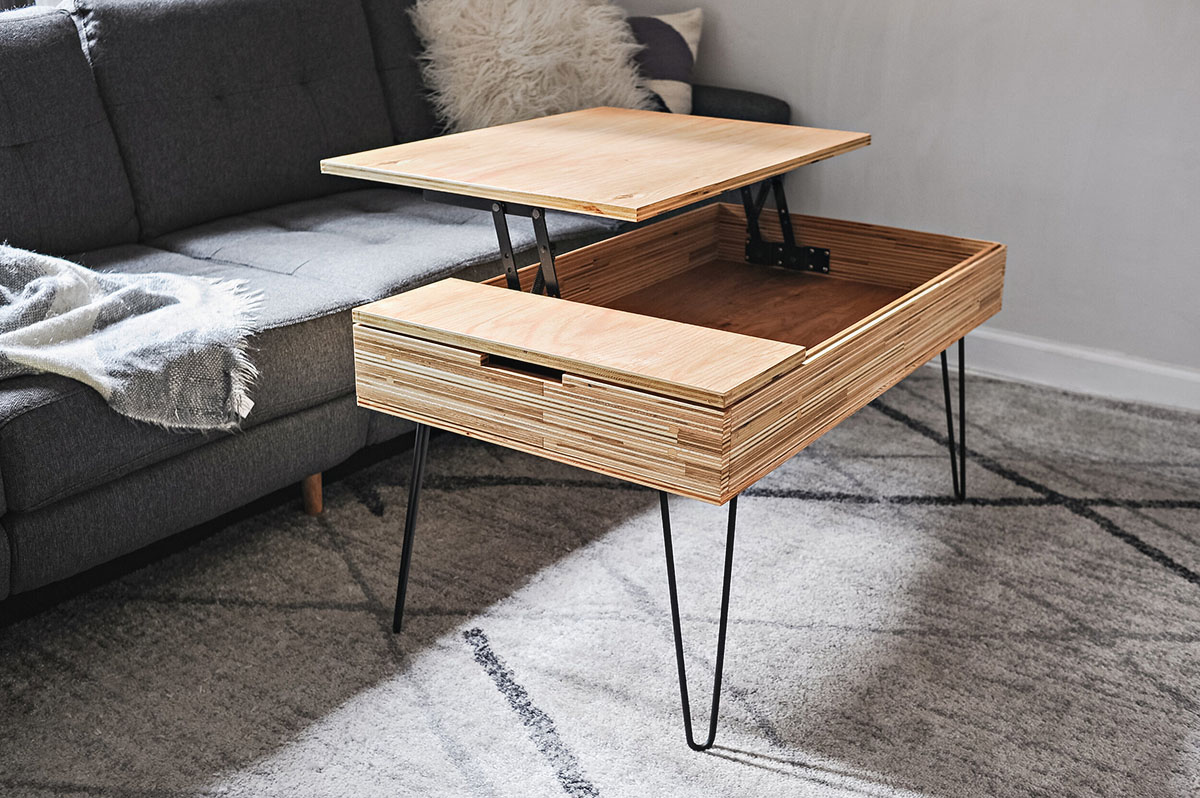

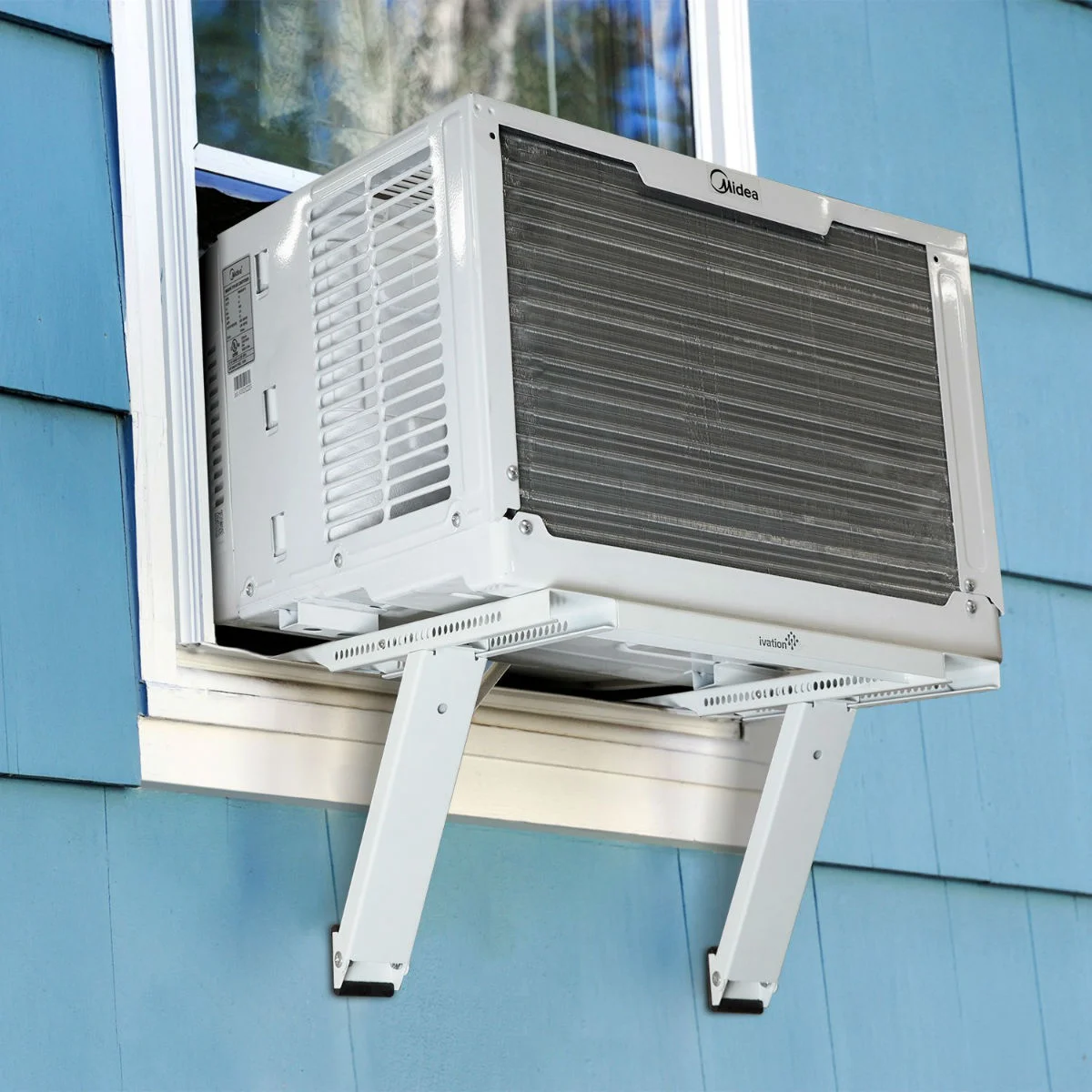
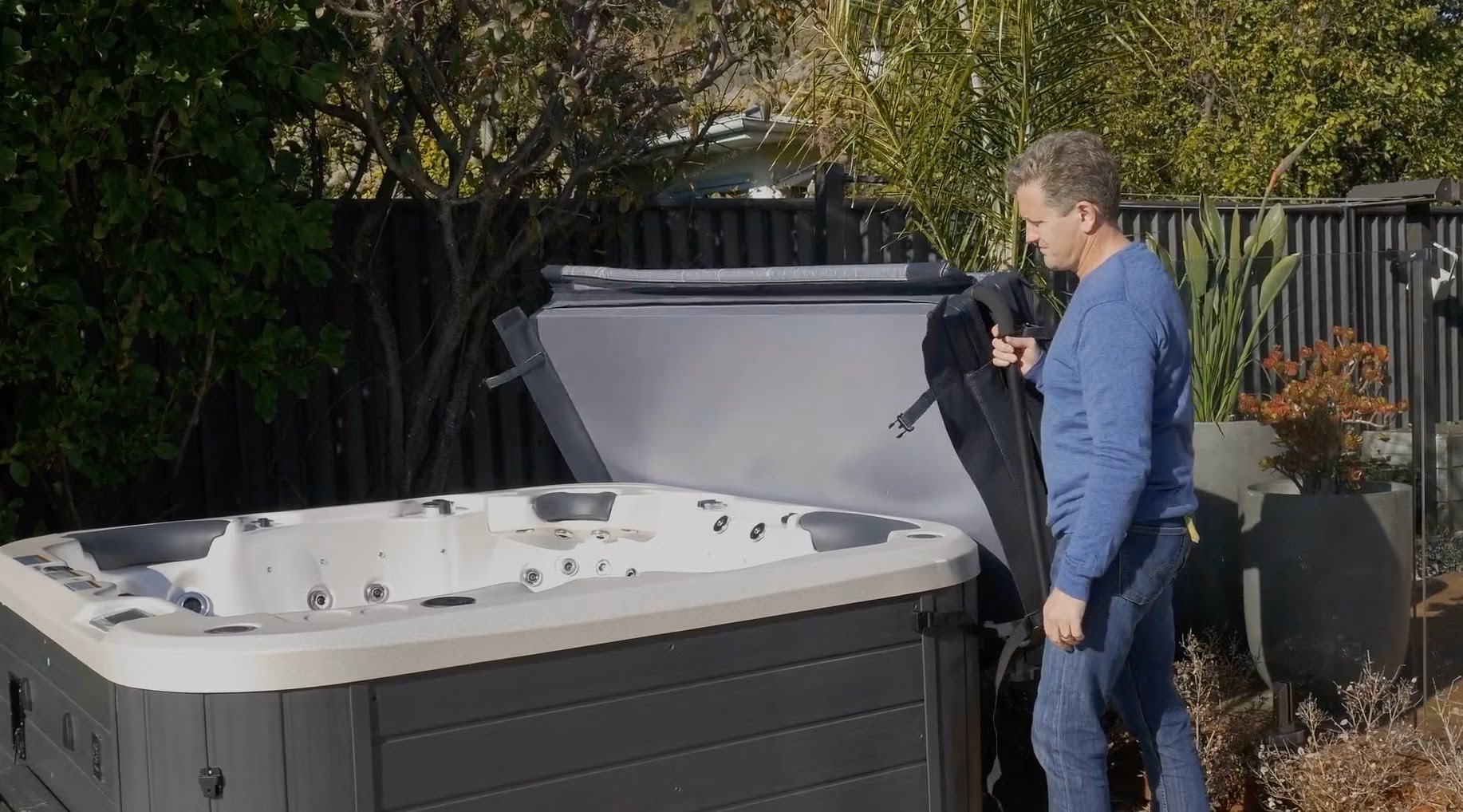
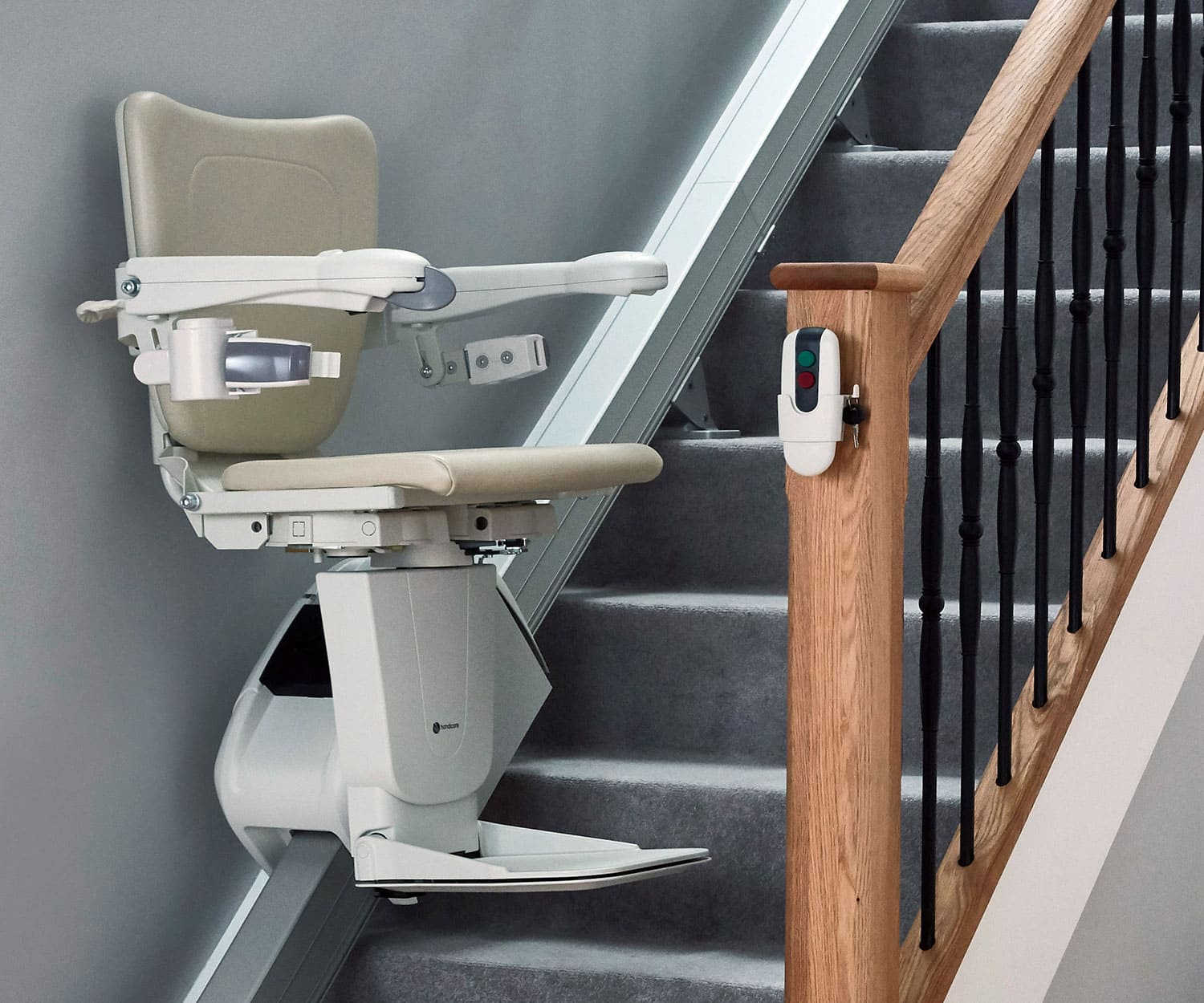
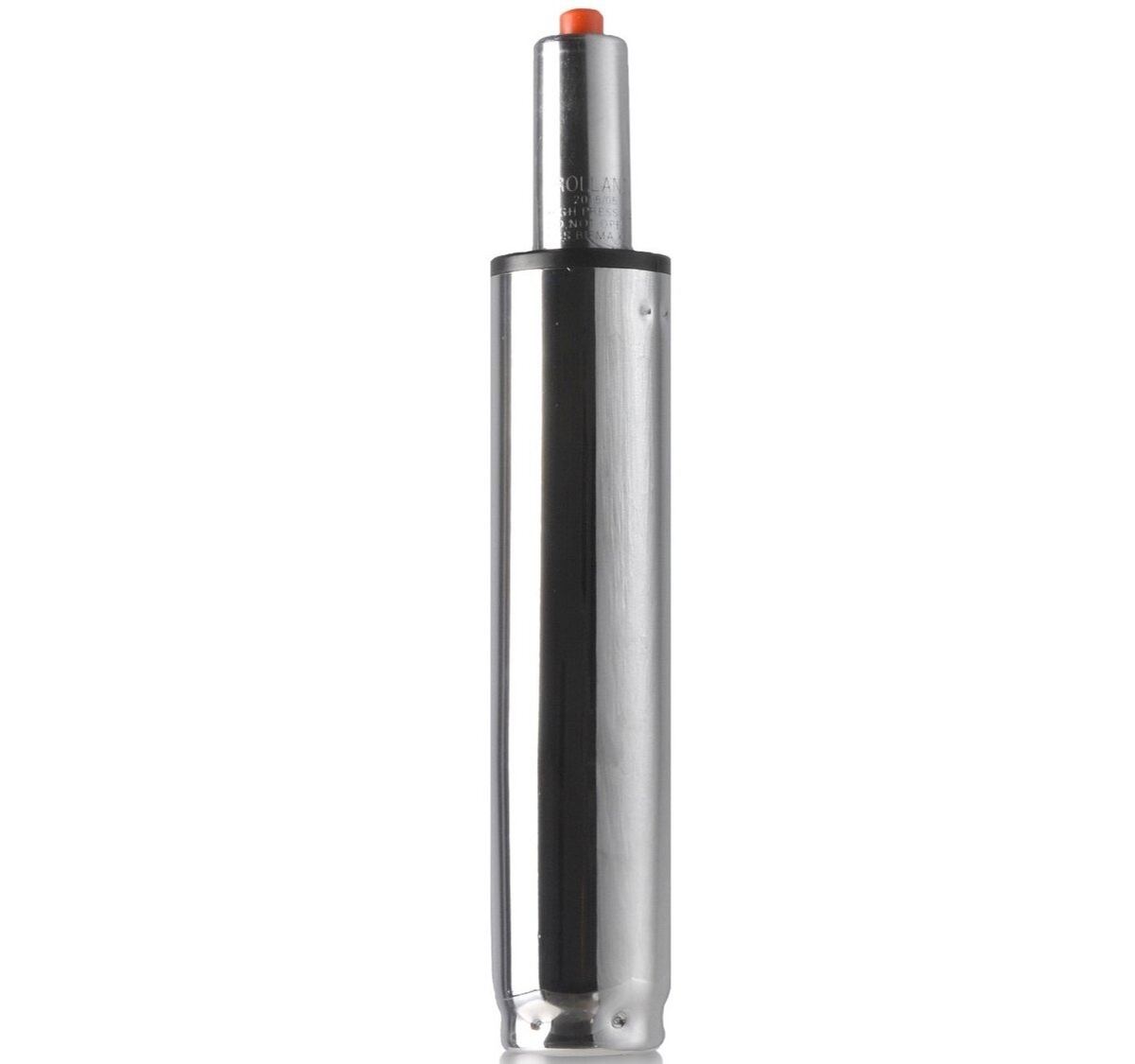

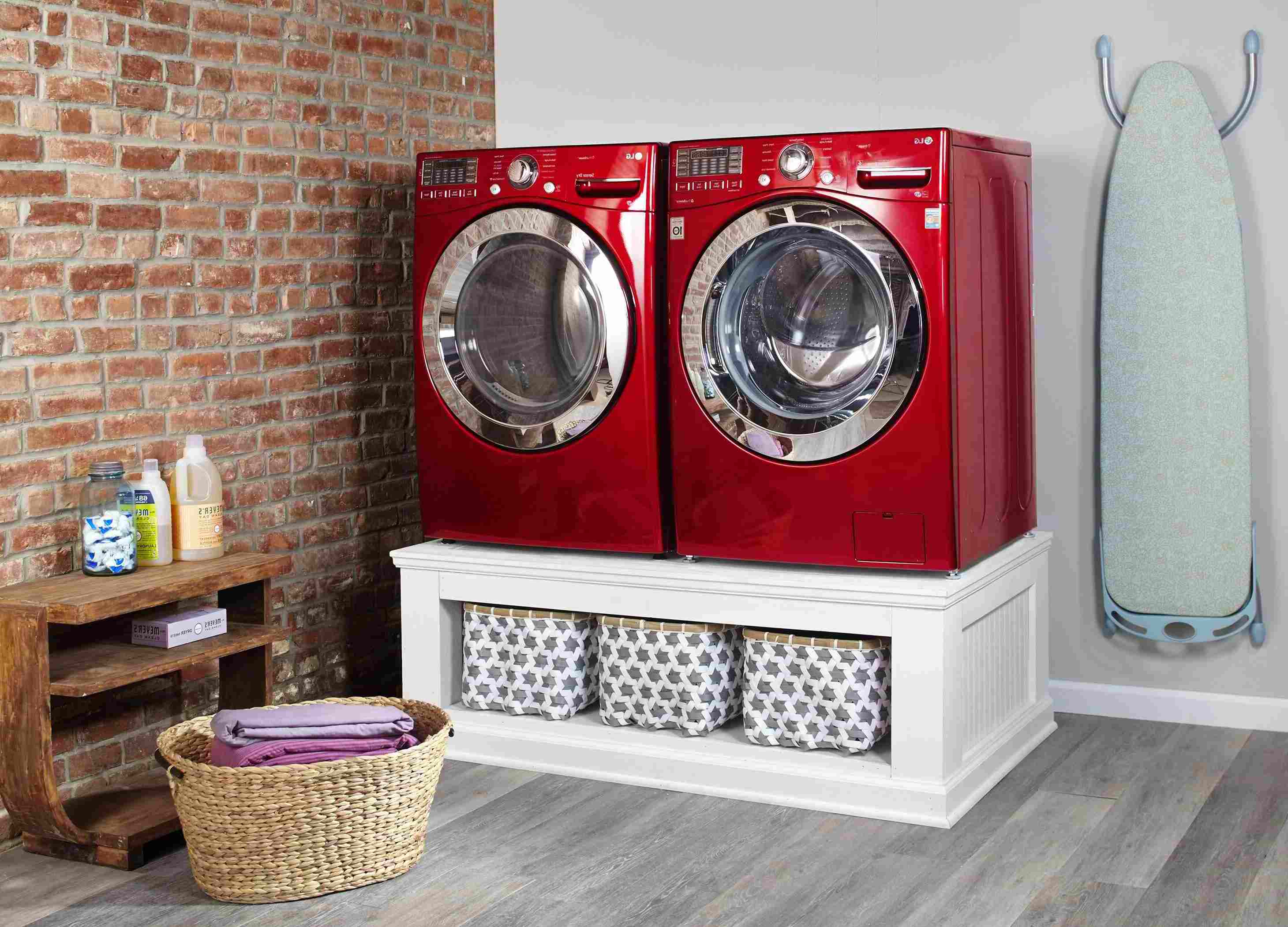
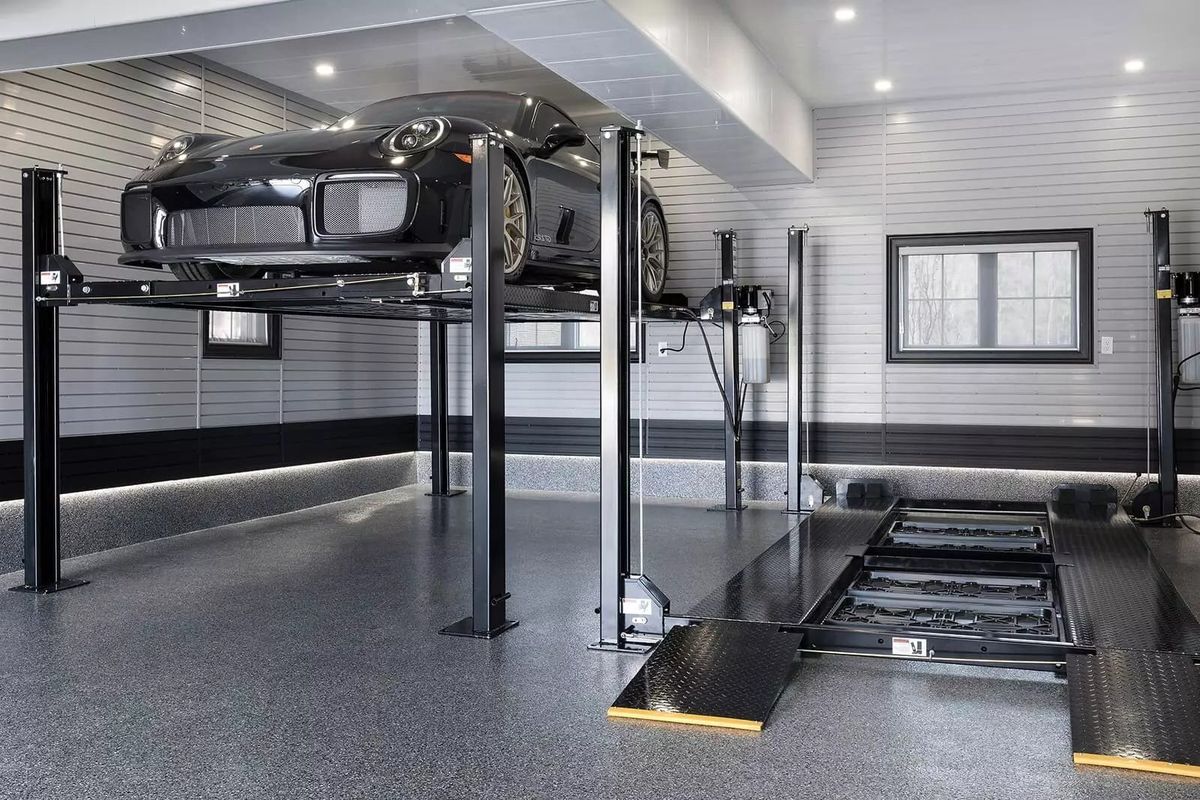


0 thoughts on “How To Lift A Bathtub”